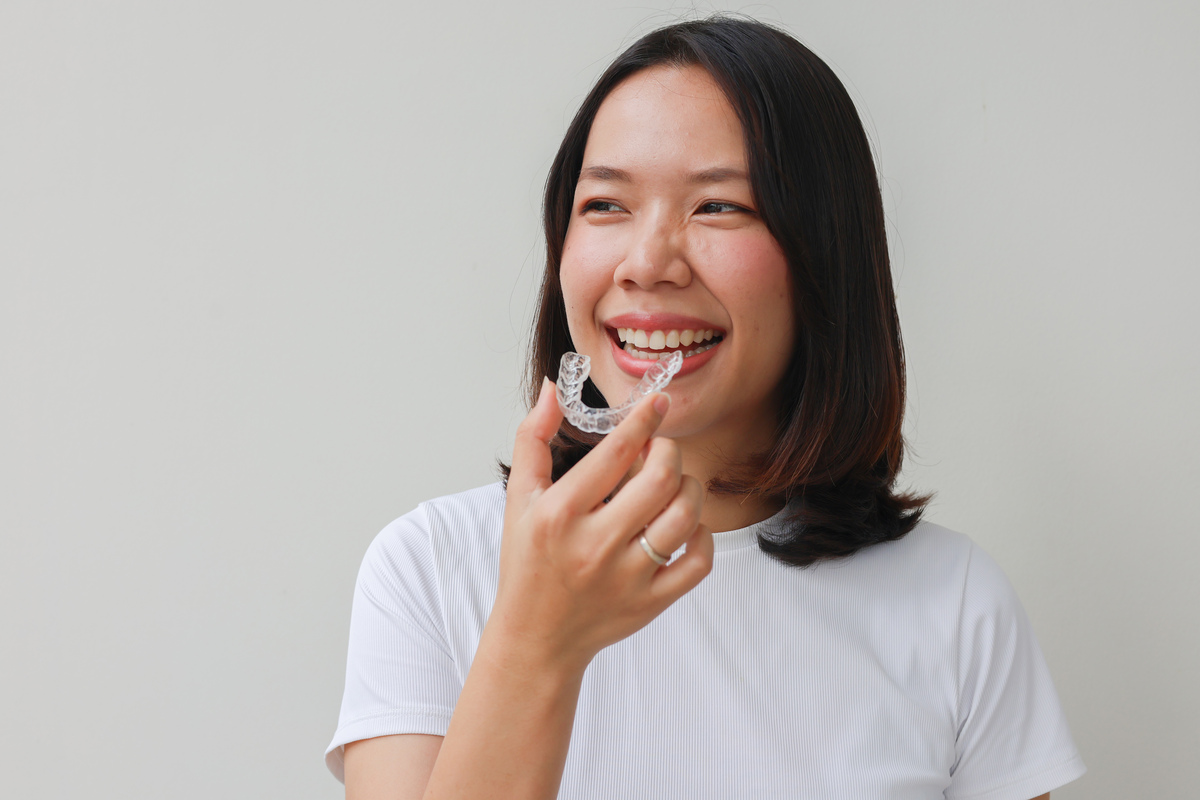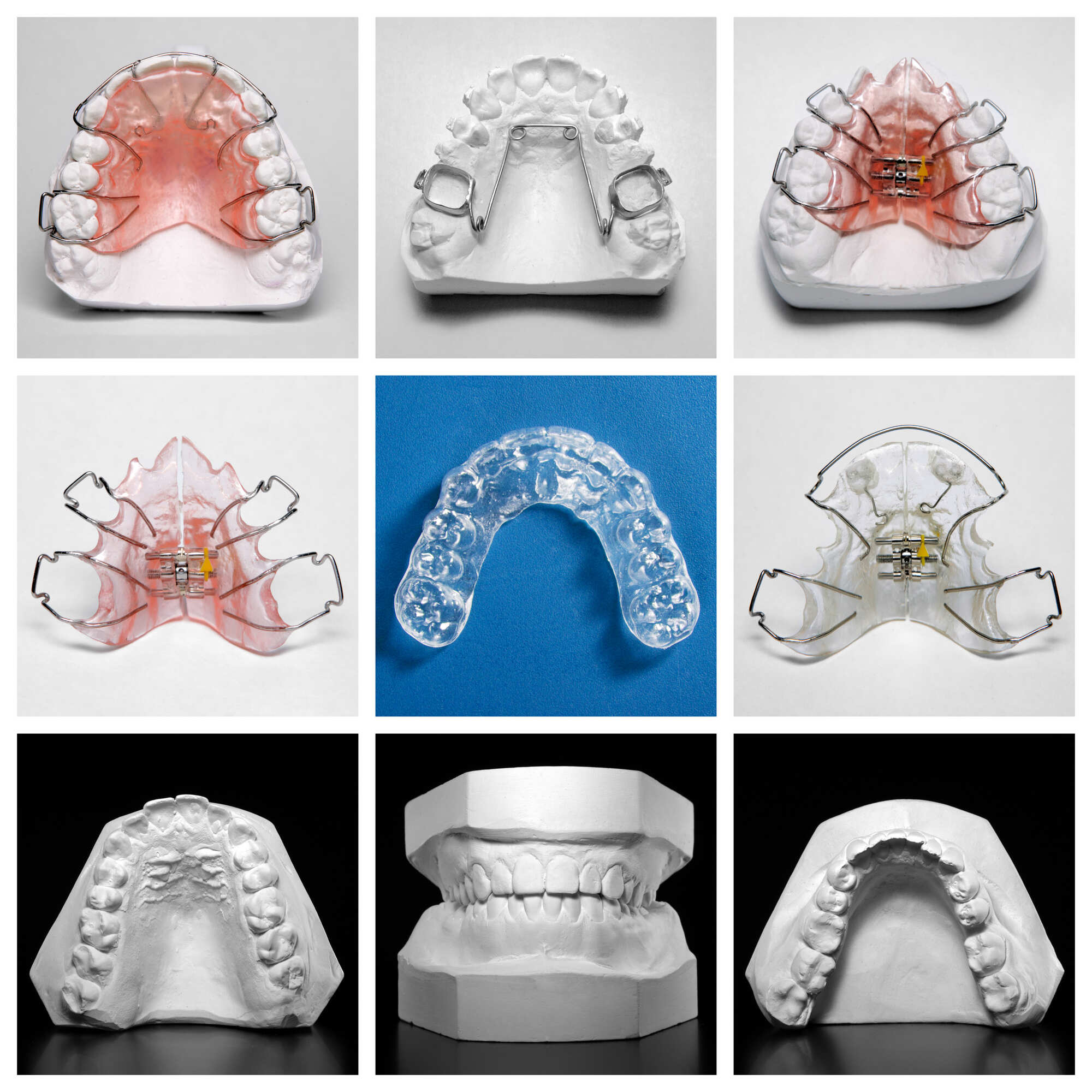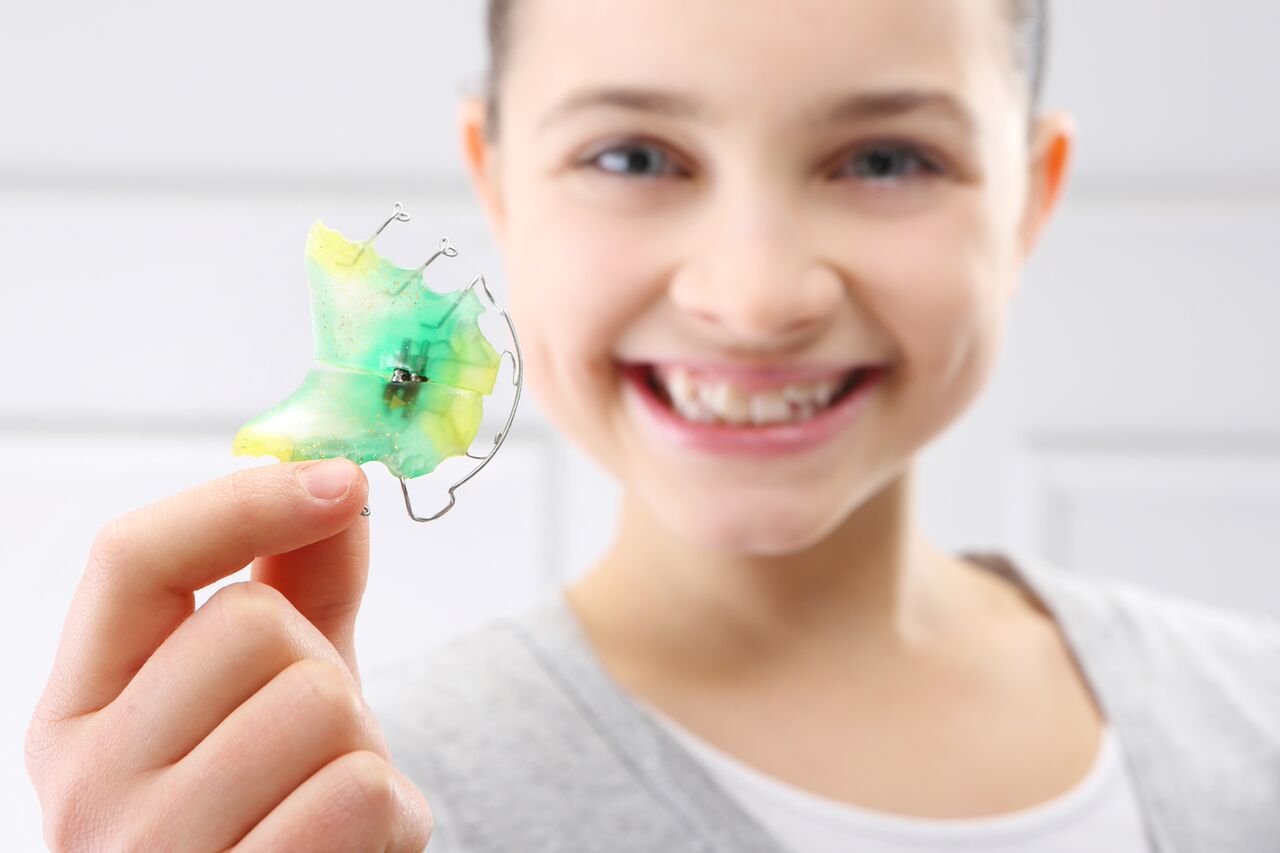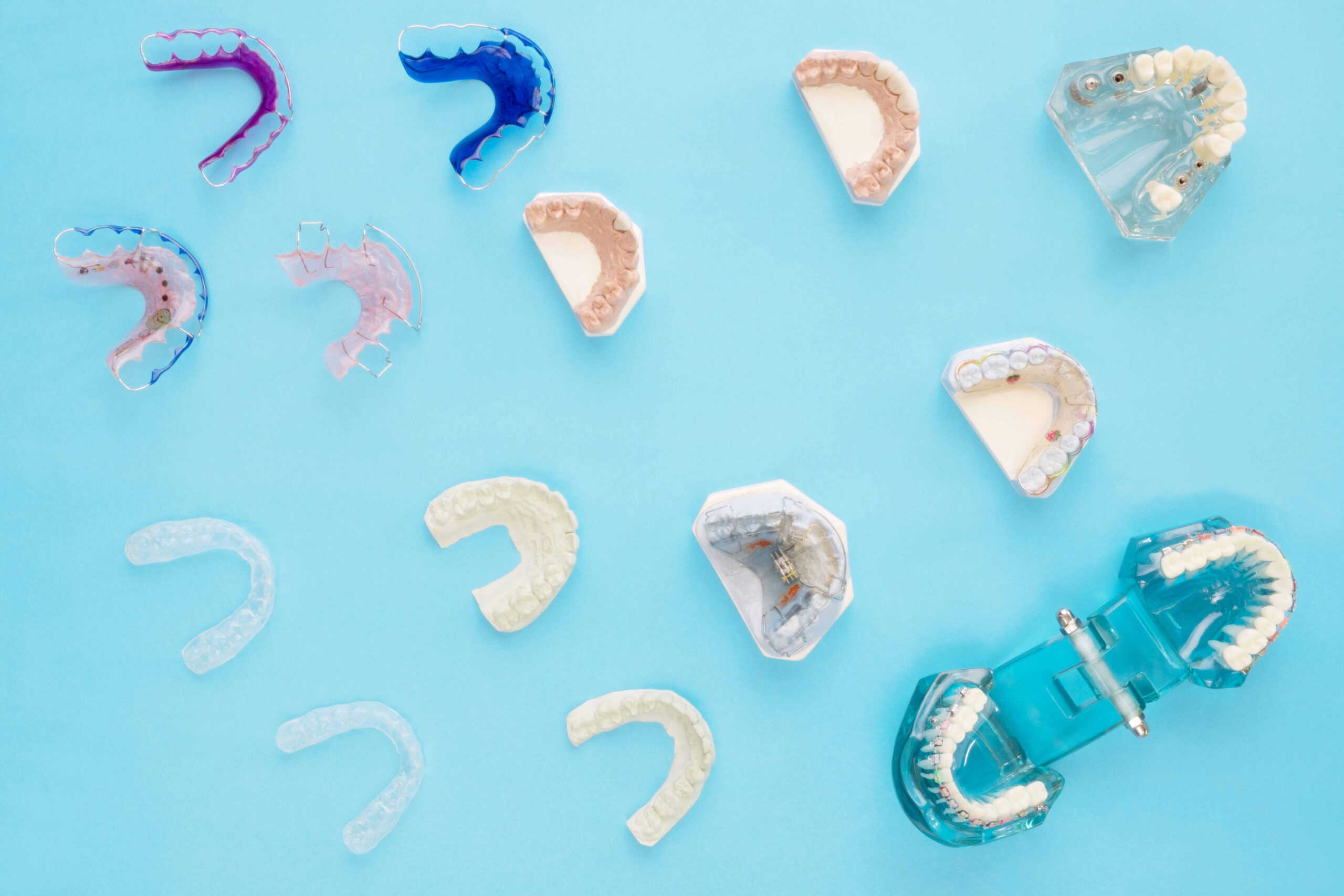How to Clean Retainers: AAO’s Guide to Retainer Care
The AAO’s Retainer Care Guide offers essential tips on keeping your retainer clean and well-maintained to protect both your oral health and the results of your orthodontic treatment. Proper care ensures your retainer lasts longer and keeps your smile in its ideal position.








